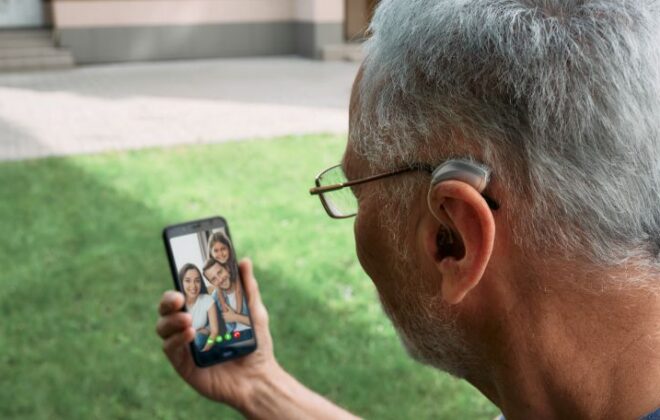Important causes and treatments for hyperacusis
‘Can you lower the volume, please?’- This might not seem questionable unless a person shows the symptoms frequently for specific types of sounds. This might be a symptom of hyperacusis.
High sensitivity to specific sounds is a symptom of hyperacusis. Ordinary noises may be deafening, grating, or even painful to people with hyperacusis. Meanwhile, the exact etiology of hyperacusis has been tricky, and it is believed to be related to alterations in how the brain interprets sound.
Identify the causes
Causes of hyperacusis might vary from person to person. At times it might indicate a neurological ailment like multiple sclerosis or autism. Some may suffer from hearing issues because of infection, injury, or exposure to loud noises. Meniere’s disease, post-traumatic stress, or anxiety disorders may arise in severe cases.
Tap on the symptoms
You need not panic because when you are entirely aware of the symptoms, diagnosing the issue at the very onset becomes easy. Check if there is a need for earplugs or headphones to block out noise if someone faces a greater sensitivity to specific noises. If they cannot tolerate everyday noises like many voices together, the clatter of dishwashers, a riot of laughter, or a vehicle honking in a traffic jam, they can use devices to block noises; otherwise, the feeling leaves them with irritation and pain. People tend to avoid social situations to avoid the intensity of loud noise. They become quieter and react less over time.
The brain processes sound in various ways, such as by differentiating between pitches and loudness, locating a sound, and figuring out what words and sentences imply. Additionally, the brain interprets sound through its knowledge of the outside environment. For instance, your brain recognizes that a dog is barking and not a cat when you hear that sound. To comprehend new sounds, the brain also uses memories of earlier sounds.
Know the treatments
There are many hearing aids available in the case of hyperacusis, such as behind the ear (BTE), in the ear (ITE), in the canal (ITC), completely in the canal (CIC), and also invisible in the canal (IIC). Other treatments include counseling, sound therapy, medication, and even surgery to treat different types of hyperacusis.
Although there is no known treatment for hyperacusis, there are ways to mitigate its negative consequences. Depending on what causes hyperacusis, there are many treatment methods. If the reason is not known or cannot be treated, treating the hyperacusis symptoms is the primary goal of therapy. It’s vital to understand that tinnitus, which is the perception of sound without an external noise source, differs from hyperacusis. Although many people with hyperacusis do not have tinnitus, it can be a sign of the condition.
Hearing aids may be helpful for reducing the intensity of noises for mild to severe hyperacusis. Reduction functions will be included in these devices to help muffle uncomfortable noises.
It is highly recommended to consult with an ENT specialist in case of finding out any symptoms of hyperacusis.




